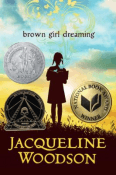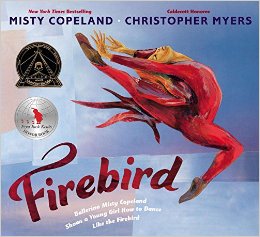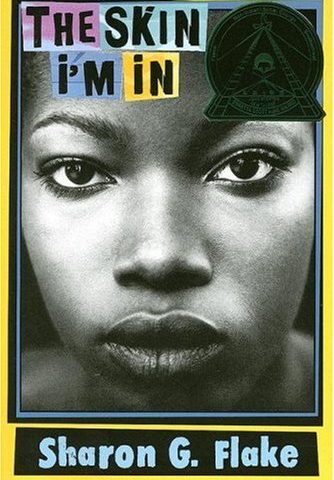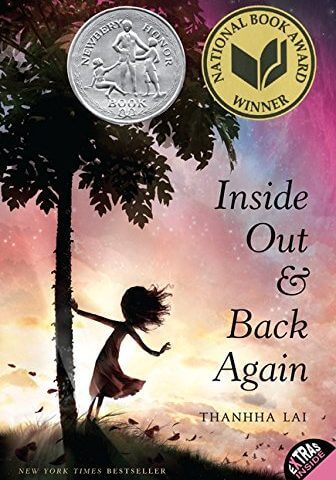This month, I was invited to attend the Masterclass in Children’s Literature, hosted by We Need Diverse Books. This class, organized by Kwame Alexander (The Crossover) and Jacqueline Woodson (Brown Girl Dreaming), offered a “community of support,” a way in which writers, publishers and editors of diverse content could share tips and techniques, provide guidance and inspiration.

Presenters included Jason Low, publisher and co-owner of Lee and Low Books; Jennifer Brown, publishing director at Knopf Books for Young Readers; Cassandra Pelham, senior editor at Graphix and Scholastic Press; and authors Kwame Alexander and Jacqueline Woodson. Unbeknownst even to the organizers, poet Nikki Giovanni and author Jason Reynolds made an appearance.
Events such as this that highlight that diverse content on bookshelves are much needed across the United States. It’s easy to ask, “Where are the diverse books?” but the answer is much more complicated. A 2015 study conducted by Lee and Low, entitled The Diversity Baseline Survey, highlights the diversity, or lack thereof, in the publishing industry. The results concluded that in the overall publishing industry (out of the publishers surveyed) 4% of publishing staff are Black/African-American, less than 1% are Native American/Alaskan Native, 7% are Asian/Native Hawaiian or Pacific Islander, 6% are Hispanic, 1% are Middle Eastern and 3% are biracial/multiracial. That leaves 79% as White/Caucasian. This survey not only highlights race, but gender, sexual orientation and disability in the publishing industry.
As a writer, sitting among other writers, publishers and editors, I feel that we all have a responsibility to help children recognize this diverse world.
As mentioned in the study, it’s possible that the “lack of diverse books closely correlates to the lack of diverse staff.” Furthermore, cultural fit, a hiring strategy that ensures the personalities and values of those hired blends well with the hiring company, seems to also be at play in publishing. Bookshelves do not reflect the diversity in the world. As a writer, sitting among other writers, publishers and editors, I feel that we all have a responsibility to help children recognize this diverse world.
So, what is Lee and Low doing to combat the lack of diversity in children’s publishing? The New Voices Award, created in 2000, selects an author of color and grants them a publishing contract and a cash prize of $1,000. An honor award winner also receives a cash prize of $500. But it isn’t about the money. The winning manuscript provides a newly published story for children to “identify and relate,” thus promoting a “greater understanding of one another.” The New Voices Award is vital; often books that offer diverse content are published by authors of a different background than what we typically see, which still results in a lack of authors of color being represented on bookshelves.
Here are more books that I feel promote the diversity of our expanding world.
 Marisol McDonald Doesn’t Match by Monica Brown
Marisol McDonald Doesn’t Match by Monica Brown
Peruvian-Scottish-American Marisol McDonald loves eating peanut butter and jelly burritos, playing soccer dressed as a princess and wearing polka dots with stripes. Not everyone sees things like Marisol does, but mismatching is perfectly fine for her.
 Firebird by Misty Copeland
Firebird by Misty Copeland
Misty Copeland tells the story of a girl who struggles with confidence but soars, through hard work and dedication, as a ballerina.
 The Skin I’m In by Sharon Flake
The Skin I’m In by Sharon Flake
Maleeka Madison, teased for her dark skin and homemade clothes, discovers a talent for writing through an unlikely ally, the teacher no one likes, Miss Saunders.
 Inside Out and Back Again by Thanhha Lai
Inside Out and Back Again by Thanhha Lai
When Hà moves to America, her entire life is changed. The familiarity of Saigon, where friends and family comfort her, is soon replaced by bullies, a new language and racial tension.
These books help us to understand the importance of diverse books being available, that there is always another side to every story, that, as Chimamanda Ngozi Adichie put it, “people like me, girls with skin the color of chocolate, whose kinky hair could not form ponytails, could also exist in literature.”
Read Diverse Books
Check out Kwame Alexander's The CrossoverBrittany is a Children’s Library Assistant at Main, where she enjoys reading stories, singing songs and ending her story times in a multitude of bubbles. Reading isn’t her only love; she also enjoys writing for children and adults alike.
